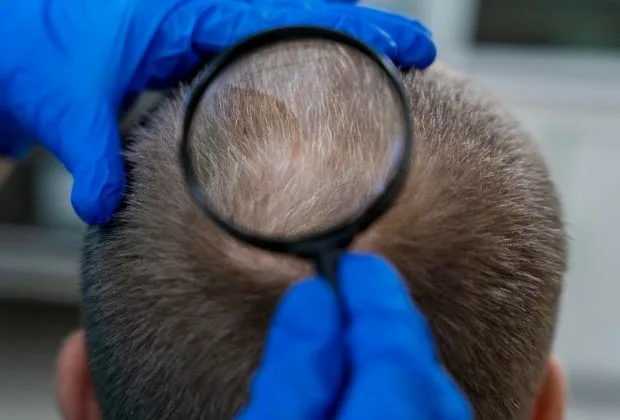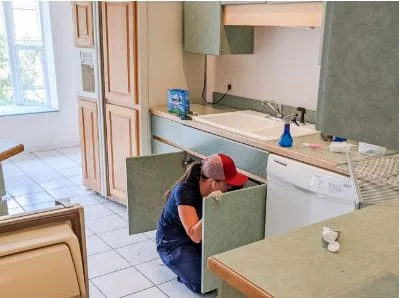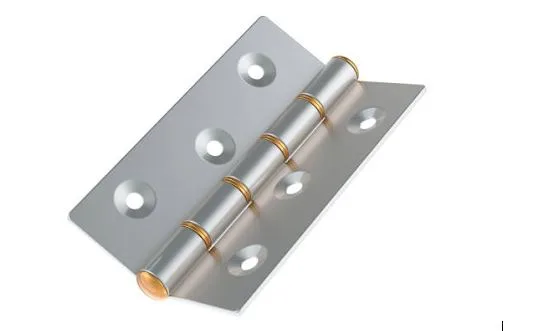Norwood Scale Chart: Identify Your Hair Loss Stage
Hair loss is a common issue that affects millions of people around the world. Whether you’re just starting to notice a receding hairline or you’ve already lost significant hair, understanding your stage of hair loss can help you take control of the situation. One of the most trusted tools used by experts and individuals alike is the Norwood Scale.
In this guide, we’ll explore what the Norwood Scale is, how to use it, the different Norwood stages, and what each stage means for your hair health and treatment options.
What is the Norwood Scale?
The Norwood Scale is a visual classification system developed in the 1970s by Dr. O’Tar Norwood. It helps to measure the extent and pattern of male pattern baldness. The scale is mostly used for men but can be helpful for women as well, though female hair loss typically presents differently.
It ranges from Stage 1 (no significant hair loss) to Stage 7 (very advanced baldness). The scale is widely used by dermatologists and hair restoration professionals to assess hair loss and plan treatments.
Why Is the Norwood Scale Important?
Knowing your Norwood stage gives you a clearer picture of how advanced your hair loss is. This understanding can help:
- Track hair loss progression
- Identify suitable treatment options
- Communicate effectively with a hair specialist
- Set realistic expectations for hair restoration
Understanding the Norwood Stages
Let’s break down the stages of the Norwood Scale so you can figure out where you might fall:
Stage 1: Minimal or No Hair Loss
- Hairline remains unchanged
- No visible thinning or bald patches
This stage is often not considered baldness but may mark the beginning for those genetically prone to hair loss.
Stage 2: Receding at the Temples
- Slight recession around the temples
- Early signs of a Norwood hairline forming
This is the early visible stage where you might begin to notice subtle changes in your hairline.
Stage 3: Deep Recession – M-shaped Hairline
- Clear hair loss at temples forming an “M” shape
- First definite stage of balding
Stage 3 is typically when men start seeking treatment or advice.
Stage 4: More Recession and Thinning at the Crown
- Hairline continues to recede
- Bald spot may appear on the crown
This stage indicates more noticeable hair loss in two separate areas: front and crown.
Stage 5: Larger Bald Spot, Connecting to the Front
- Hair loss areas at the front and crown start to connect
- Thin bridge of hair in between may still exist
This is considered moderate hair loss, and many begin considering restoration options here.
Stage 6: The Bridge Disappears
- Bald areas in the front and crown are fully connected
- Only hair on the sides and back remains
Hair loss is advanced at this point, and treatments like hair transplants may be more relevant.
Stage 7: Complete Baldness on Top
- Only a ring of hair around the sides and back is left
- Top of the scalp is fully bald
This is the most severe form of hair loss on the Norwood Scale.
How to Identify Your Norwood Hairline
Look in the mirror and compare your hairline to the Norwood chart. Here’s what to pay attention to:
- Is the hairline straight or forming an “M” or “V” shape?
- Is there visible thinning or a bald spot at the crown?
- Are the front and crown areas starting to connect?
A Norwood hairline will usually start to recede from the temples and deepen over time. Keep in mind, everyone’s hair loss pattern is unique, and changes can happen gradually.
When to See a Hair Specialist
If you notice signs that you’re moving beyond Stage 2 or 3, it’s a good time to consult a hair loss expert. The earlier you act, the more treatment options you may have.
Treatment Options Based on Norwood Stages
Depending on which Norwood stage you’re in, different treatment strategies may be effective:
Mild to Moderate Stages (1–3):
- Minoxidil (topical)
- Finasteride (oral medication)
- Laser therapy
Advanced Stages (4–7):
- Hair transplant surgery (FUE or DHI)
- Scalp micropigmentation
- Hair systems (wigs, toupees)
Not all treatments work the same for everyone. That’s why identifying your stage is so helpful—it makes treatment more targeted and effective.
Is the Norwood Scale Only for Men?
While the Norwood Scale is designed for male pattern baldness, women can still experience similar hair loss stages. However, female pattern hair loss usually shows up as diffuse thinning across the scalp, rather than a receding hairline. Women may be evaluated using other scales like the Ludwig Scale, but understanding Norwood can still offer insight.
What Causes Hair Loss?
Several factors can contribute to hair loss:
- Genetics (family history)
- Hormonal changes (especially DHT sensitivity)
- Medical conditions (thyroid, anemia, autoimmune issues)
- Stress and lifestyle
- Certain medications
Knowing the root cause can also guide you toward the right treatment plan.
Final Thoughts
Hair loss is personal, but you’re not alone—and it’s not hopeless. Using tools like the Norwood Scale helps you recognize your stage of hair loss and gives you a starting point for action. Whether you’re dealing with a slightly receding Norwood hairline or more advanced baldness, early awareness is key.
Understanding the Norwood stages gives you the confidence to speak with professionals, explore your treatment options, and take steps toward healthier hair. So take a look in the mirror, check your stage, and start your journey toward better hair health today.





